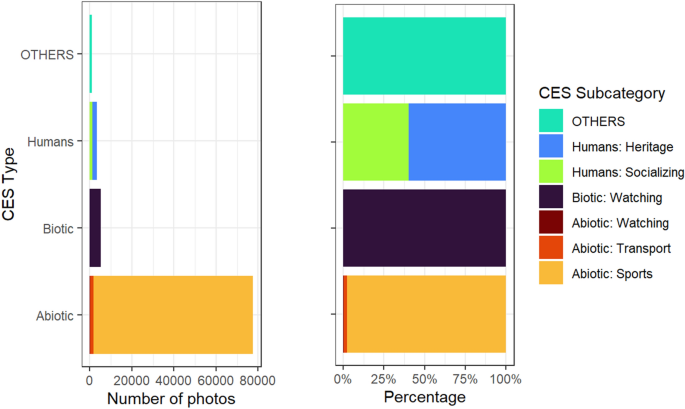2024-08-05 シンガポール国立大学(NUS)
◆NUSの研究者、カラスコ准教授とティモシー・イー博士課程学生は、ソーシャルメディアの画像を分析する深層学習法を開発し、人間活動の分布を特定しました。彼らはFlickrの公開画像を使用し、207カ国の2,813の保護地域から87,090枚の写真を分析しました。この方法は、保護地域内の訪問者活動を理解するために有用であることを示し、2024年6月13日にScientific Reportsに発表されました。研究は、ソーシャルメディアと深層学習が大規模な環境問題の調査に役立つことを示し、効率的で低コストな土地利用パターンの監視を可能にします。
<関連情報>
- https://news.nus.edu.sg/social-media-images-tell-us-about-our-impact-on-nature/
- https://www.science.nus.edu.sg/blog/2024/08/05/monitoring-of-nature-reserves-via-social-media-and-deep-learning/
- https://www.nature.com/articles/s41598-024-64115-3
世界の保護地域における文化的生態系サービスを調査するためにソーシャルメディアのディープラーニングを適用する Applying deep learning on social media to investigate cultural ecosystem services in protected areas worldwide
Timothy Bing Lun Yee & L. Roman Carrasco
Scientific Reports Published:13 June 2024
DOI:https://doi.org/10.1038/s41598-024-64115-3

Abstract
Protected areas (PAs) are the cornerstone of conservation efforts. Although they provide many benefits to humanity, the variability in the provision of cultural ecosystem services (CES) among global PAs remains unknown. To investigate this, we combined Convolutional Neural Networks with hierarchical clustering to categorize photos from Flickr taken in PAs worldwide. A final sample of 87,090 photos in 2813 PAs within 207 countries was obtained. Distinct global patterns of CES activities emerged. Such activities had three main interaction types: human-nature (abiotic), human-nature (biotic) and human–human. Human-nature (abiotic) interactions dominated in mountain ranges. Human-nature (biotic) photos were more common in equatorial countries, and human–human photos occurred mainly in Europe. To determine the extent of the influence of biome type of PAs on CES, mixed-effects models were subsequently run. These models additionally included the country of PAs as a random effect. Despite differences in physical environments, PAs within each country generally shared similar CES types. Moreover, the effect of biome differences was marginal, thereby demonstrating that country-level management of PAs likely has a more important role in influencing CES activities in PAs. To conclude, we suggest that our results demonstrate the utility of social media data for understanding visitor activities in PAs.


